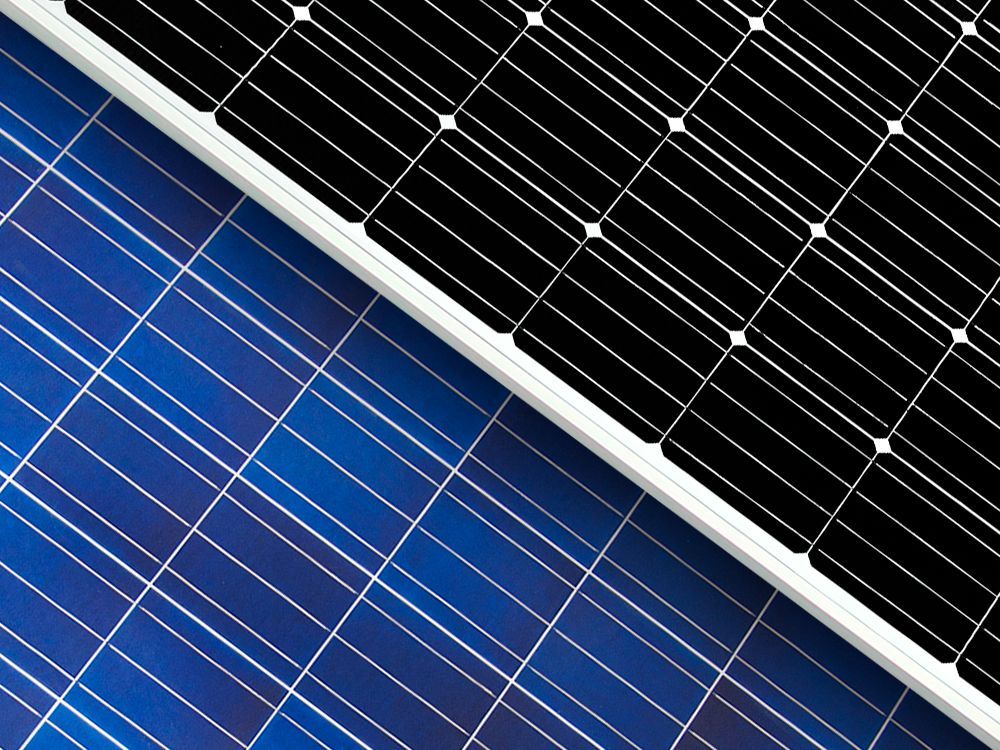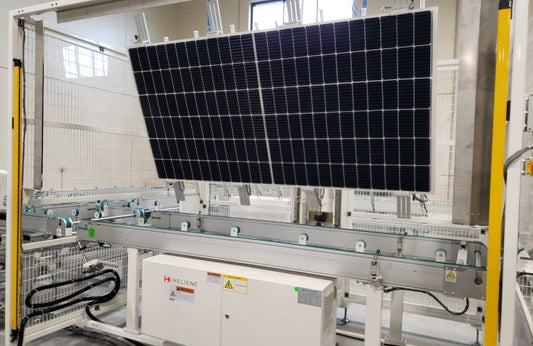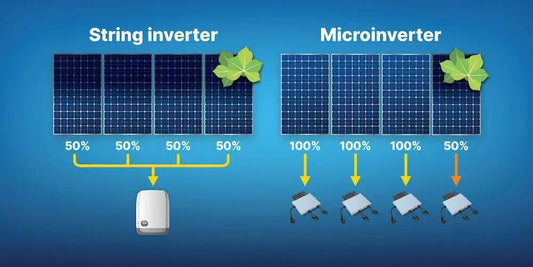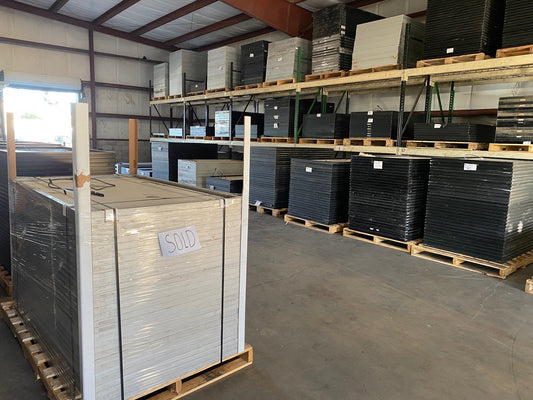What are Monocrystalline Solar Panels?
Monocrystalline solar panels are made from a single crystal structure, usually silicon. These panels are known for their high efficiency and sleek black appearance. Due to their manufacturing process, monocrystalline panels tend to be more expensive than other types.
What are Polycrystalline Solar Panels?
Polycrystalline solar panels are made from multiple silicon crystals. They have a blueish hue and are less efficient compared to monocrystalline panels. However, polycrystalline panels are generally more affordable and offer a good balance between cost and performance.
Efficiency Comparison
When it comes to efficiency, monocrystalline solar panels have the edge. Their single crystal structure allows for better electron flow, resulting in higher conversion rates of sunlight into electricity. On the other hand, polycrystalline panels have a lower efficiency due to the presence of multiple crystals, which can impede electron flow.
Cost Comparison
Polycrystalline solar panels are typically more cost-effective than monocrystalline panels. The manufacturing process for polycrystalline panels is simpler and requires less silicon, making them cheaper to produce. If you have a limited budget and ample roof space, polycrystalline panels may be a suitable choice.
Appearance
Monocrystalline panels are often preferred for their sleek and uniform black appearance. They blend well with most roof types and are considered more aesthetically pleasing. Polycrystalline panels, with their blueish hue and visible crystal structure, may not have the same visual appeal.
Temperature Performance
Both monocrystalline and polycrystalline panels perform well in high temperatures. However, monocrystalline panels tend to have a slight advantage in hot climates due to their higher efficiency and lower temperature coefficient. This means that monocrystalline panels experience a smaller drop in performance as temperatures rise.
Conclusion
When choosing between monocrystalline and polycrystalline solar panels, it ultimately depends on your specific needs and budget. If you prioritize efficiency and aesthetics, monocrystalline panels are the way to go. On the other hand, if cost-effectiveness is your main concern, polycrystalline panels offer a good alternative. Consider factors such as available roof space, climate, and long-term energy goals to make an informed decision.






